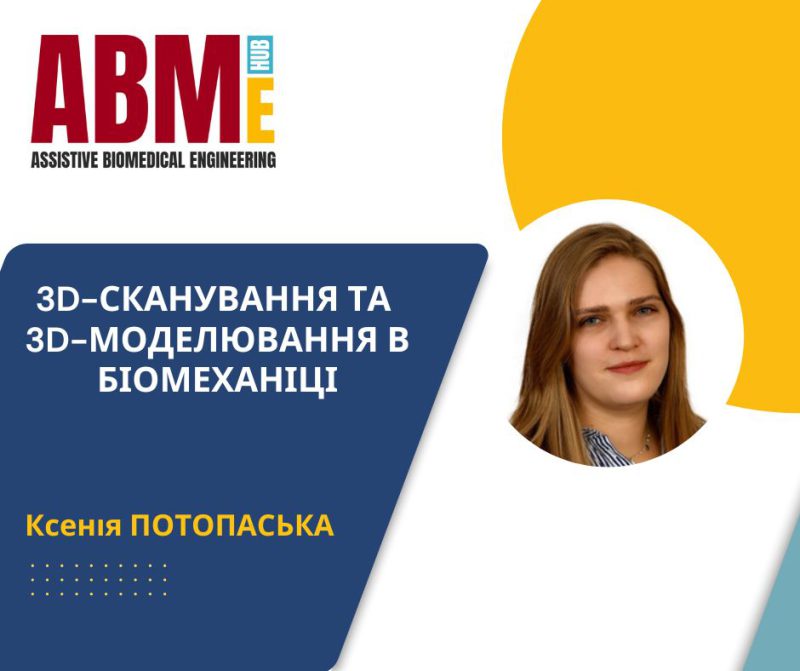Abstract
This lecture introduces participants to the field of 3D scanning and modeling for engineering solutions in trauma and prosthetics. Participants will learn the basic principles of 3D scanning and the creation of virtual 3D models, from the human body to mechanical parts, and their use in a wide range of medical applications. The lecture will also provide examples of successful implementation of these technologies in biomechanics and medicine, as well as provide participants with practical skills for effective use of 3D scanning and 3D modeling in rehabilitation activities.
Information about the speaker
The lecture is conducted by a specialist with many years of experience in the application of 3D technologies in biomechanics and medicine. The lecturer specializes in the use of these technologies for the development of individual medical solutions that significantly improve the rehabilitation process of patients.
Lecture highlights
- Application of 3D scanning in traumatology and individual prosthetics.
- Fundamental principles of 3D scanning and modeling aimed at solving challenges in the field of traumatology and orthopedics.
- Use of 3D scanning and modeling in rehabilitation procedures.
Lecture plan
- Introduction to 3D scanning: relevance and stages of development.
- Types of scanners and approaches to scanning.
- Application of 3D technologies in medicine: prosthetics and orthoses.
- Challenges and prospects of 3D scanning.
- Fundamentals of 3D modeling: significance in biomechanics.
- Transition from scanned model to modification in CAD.


